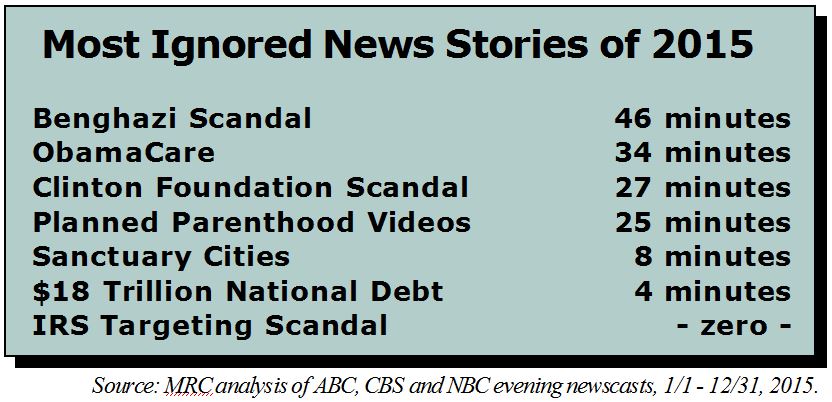Bias by the Minute: Tallying the Network News Agenda in 2015
Early last year, the Media Research Center set up a new project to keep tabs on all stories on the ABC, CBS and NBC evening newscasts, categorizing each item by its topic and total airtime. Thanks to that effort, we can now precisely analyze the agenda and bias of the Big Three networks — what they covered, and what they failed to cover, in 2015.
The results show a network news agenda heavy on crime, terrorism and weather, but light on Democratic scandals,
ObamaCare’s failings, the out-of-control national debt, sanctuary
cities and Planned Parenthood’s grotesqueries.
From January 1 through December 31, 2015, MRC analysts reviewed every weekday and weekend evening newscast that wasn’t pre-empted by sports in the Washington, D.C. area. In one year, the networks churned out 13,022 news items (including both full reports and anchor briefs) totaling more than 300 hours (18,549 minutes) of coverage.
[Note: The actual amount of news in an average network newscast is less than might be expected. After subtracting commercials and promos, the typical half-hour newscast included just 18 minutes, 20 seconds of actual news reporting.]
The top five network news topics of 2015, followed by a review of stories the networks minimized or ignored last year: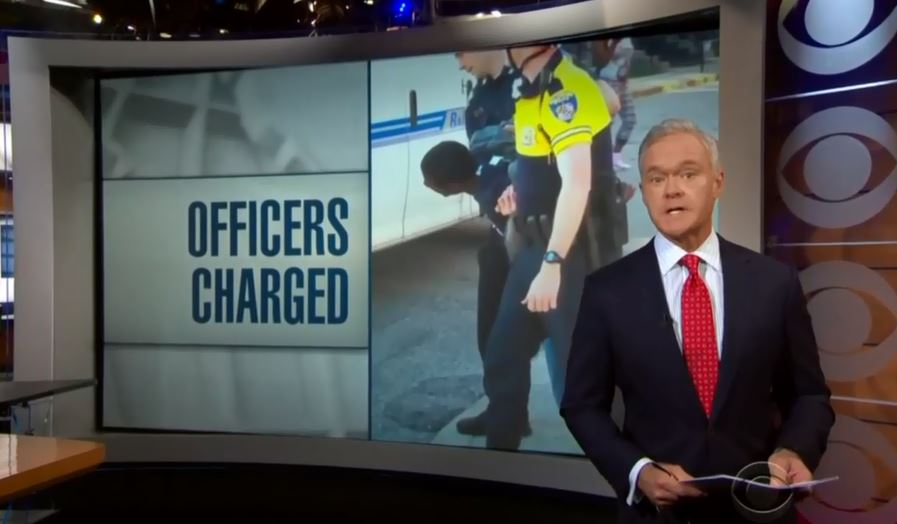
The crime story that most fascinated the networks last year: allegations of misconduct against police officers. Allegations against police officers consumed well over 13 hours of airtime (795 minutes) on the ABC, CBS and NBC evening newscasts in 2015, or more than one-fourth of all crime stories. In contrast, while incidents portraying the police in a bad light were highly promoted, those same networks offered just 109 minutes — less than one-seventh the airtime — to cases where police officers died in the line of duty, such as the 42 officers who were shot to death last year.
The biggest individual crime stories were: the Charleston church shooting in June (3 hours, 8 minutes); the manhunt for the two escaped prisoners in upstate New York (2 hours, 58 minutes); the death in police custody of Baltimore’s Freddie Gray and the ensuing protests and riots (2 hours, 15 minutes); and the mass shooting at an Oregon college in early October (1 hour, 29 minutes).
After the shootings in Charleston and Oregon (as well as after the ISIS-inspired terrorist attack in San Bernardino, California — see below), the networks emphasized liberal demands for more restrictions and regulations of gun ownership. In all, the networks spent 2 hours, 46 minutes covering the campaign for expanded gun control, or the equivalent of more than nine full newscasts.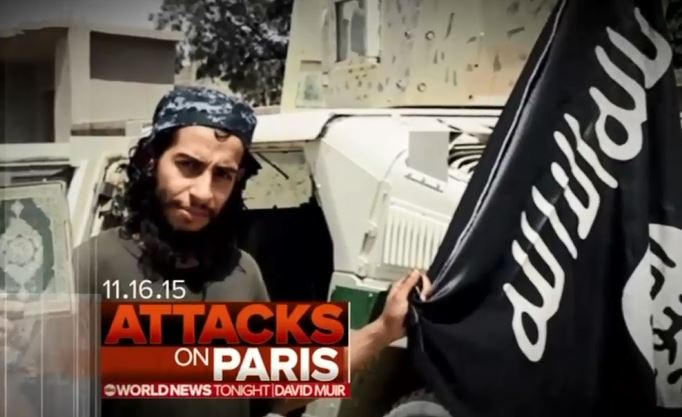
Nearly one-third of this coverage came in just the last few weeks of the year, as the networks produced 6 hours, 17 minutes of coverage after December’s ISIS-inspired attack in San Bernardino, and 5 hours, 22 minutes of the ISIS attacks in Paris, France.
The networks devoted 2 hours, 50 minutes to the trial of Boston Marathon bomber Dzhokhar Tsarnaev; 1 hour, 45 minutes to the attack on the headquarters of the French magazine Charlie Hebdo; and 1 hour, 15 minutes to the ISIS-inspired attack on two military centers in Chattanooga in June.
On a related note, the evening newscasts spent 4 hours, 4 minutes on Europe’s refugee crisis, making it one of the top international stories of the year.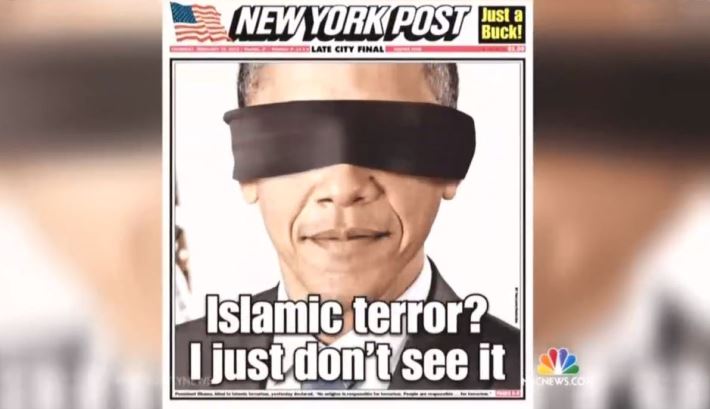
Top presidential candidate Hillary Clinton made similar statements, including at a Democratic debate in November, but neither CBS nor NBC ever discussed her comments, let alone any critics. ABC gave Clinton’s rejection of the phrase “radical Islam” a total of 32 seconds of airtime.
In contrast, when Republican candidates failed to use media-approved terminology regarding Islam and the War on Terror, the network coverage was much more intense. For example, the networks cranked out more than 10 minutes of evening news coverage after GOP candidate Ben Carson said he wouldn’t want a Muslim president.
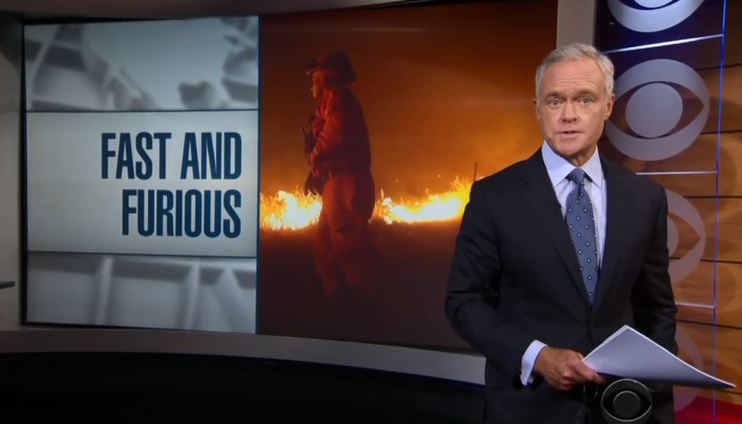
More than two hours of this coverage (133 minutes) was spent on the summer wildfires in several western states, while the related California drought received 67 minutes of coverage. The other top weather stories of 2015 included May’s extensive flooding in Texas (88 minutes); Hurricane Joaquin, which affected the Caribbean in late September and October (60 minutes); and the subsequent flooding in North and South Carolina later that month (58 minutes).
As these dramatic weather stories unfolded, the networks often put them in the context of “climate change.” Talking about the flooding in Texas, NBC correspondent Miguel Almaguer fretted back on May 28: “In just three weeks, much of the state has gone from extreme drought to crippling flood....Scientists say climate change is exacerbating the wild swings.” Overall, the networks spent 97 minutes of airtime in 2015 opining about climate change, including 17 minutes for the much-ballyhooed climate summit in Paris in December.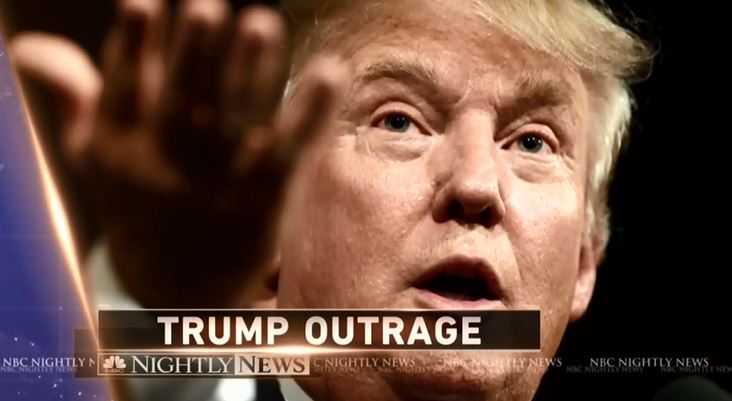
GOP candidate Donald Trump received the most news coverage (579 minutes), more than Democrat Hillary Clinton (486 minutes) and far more than any of his GOP rivals. Second to Trump among the Republicans: Jeb Bush, who garnered 150 minutes of airtime, followed by Ben Carson (102 minutes), Ted Cruz (64 minutes) and Marco Rubio (62 minutes).
None of the other actual presidential candidates in either party accumulated an hour of evening news airtime, although the networks spent nearly two hours (111 minutes) speculating about whether or not Vice President Joe Biden would choose to run. He did not. ■ Accidents and Disasters: Rounding out the top five, the networks last year spent 10 percent of their evening news airtime (31 hours, 50 minutes) on accidents and non-weather related disasters last year, with much of that airtime spent covering a large number of smaller incidents, include car and truck accidents for which dramatic online video was available.
■ Accidents and Disasters: Rounding out the top five, the networks last year spent 10 percent of their evening news airtime (31 hours, 50 minutes) on accidents and non-weather related disasters last year, with much of that airtime spent covering a large number of smaller incidents, include car and truck accidents for which dramatic online video was available.
The most-covered disaster of the year (2 hours, 12 minutes) was the crash in March of a German Lufthansa jet in the French Alps, the result of a suicidal co-pilot. Other highly-covered disasters for 2015 included April’s earthquake in Nepal which killed more than 8,000 people and sparked international relief efforts (1 hour, 48 minutes), which received slightly more coverage than May’s train derailment in Philadelphia which left eight dead and 200 injured (1 hour, 31 minutes).
The Biggest Media Omissions of 2015
While it’s good to know what stories the networks are emphasizing, it’s just as important to pay attention to the stories that the media are minimizing or censoring altogether. Among the stories getting Rodney Dangerfield levels of respect from TV news in 2015: 
Author Peter Schweizer documented how the Clinton Foundation, or former President Bill Clinton personally, accepted large contributions from entities with business before the State Department while Hillary Clinton was Secretary of State. It’s at least the appearance of a whopping conflict of interest, but ABC, CBS and NBC offered just 27 minutes of coverage of this in 2015, most in the early part of the year, before interest in the presidential campaign heated up.
The media seemed just as uninterested in Hillary Clinton’s role in the Benghazi attacks: her potential failure to provide adequate security prior to the attacks; the government’s failure to launch a rescue mission while the attacks were taking place; and the phony story pushed after the attacks that it was all the fault of a YouTube video that insulted Islam. For the year, the networks delivered just 46 minutes of Benghazi coverage, two-thirds of which (31 minutes) focused on Clinton’s testimony to the House committee in October.
As for an Obama administration scandal that the networks seemed intent on ignoring, the ABC, CBS and NBC evening newscasts failed to produce any coverage of the IRS scandal, even as the House committee investigating the matter introduced a resolution calling for the impeachment of IRS Commissioner John Koskinen for his alleged failure to comply with committee subpoenas and making false statements under oath.
But while these Democratic scandals couldn’t rouse the networks attention, those same newscasts delivered 54 minutes of coverage of the rape and sexual assault charges made against Bill Cosby, and spent 2 hours, 7 minutes covering the “Deflate Gate” scandal surrounding New England Patriots’ quarterback Tom Brady.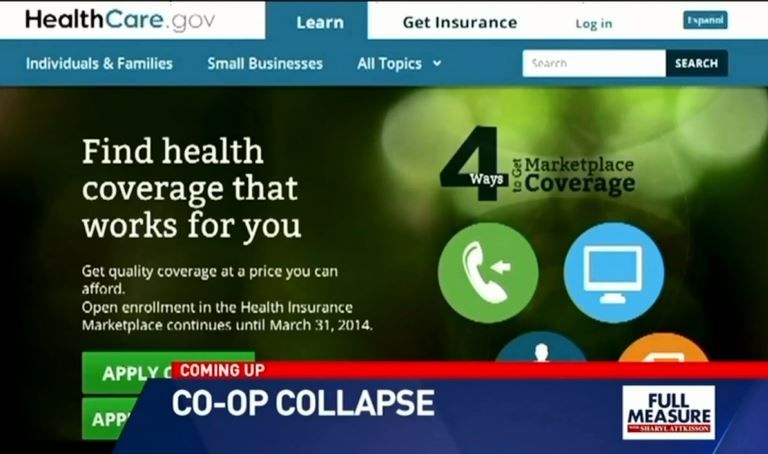
And in November, the biggest insurance company participating in ObamaCare, UnitedHealth, said it might have to withdraw from the program because of huge losses — $700 million — in the preceding year.
But the broadcast networks that seemed so excited when ObamaCare first became law seemed uninterested in following up on its actual performance. ABC, CBS and NBC spent just 34 minutes covering the gargantuan government health program last year, and the lion’s share of that coverage (24 minutes) was devoted to the Supreme Court case about whether the program’s tax subsidies could go to citizens of states that did not set up their own exchanges.
In that case, the Court ruled in the administration’s favor. “ObamaCare, 2; conservatives, zero,” crowed ABC correspondent Terry Moran on June 25.
■ National Debt/Deficit: The national debt surged to $18.9 trillion in 2015, but none of the three broadcast networks seemed the slightest bit bothered. The monstrously-huge debt itself garnered less than three minutes of coverage, most from a CBS Evening News story that hypothesized that Donald Trump’s tax plan would “cost the Treasury $10 trillion over ten years, and increase the nation’s $18 trillion debt.”
The networks spent even less airtime (99 seconds) talking about the annual budget deficit, although both CBS and NBC last January told viewers that President Obama was going to take credit for “shrinking deficits” in his 2015 State of the Union Address.
The only other debt-related story to get even a small mention in 2015: 40 seconds talking about the vote about increasing the debt ceiling. 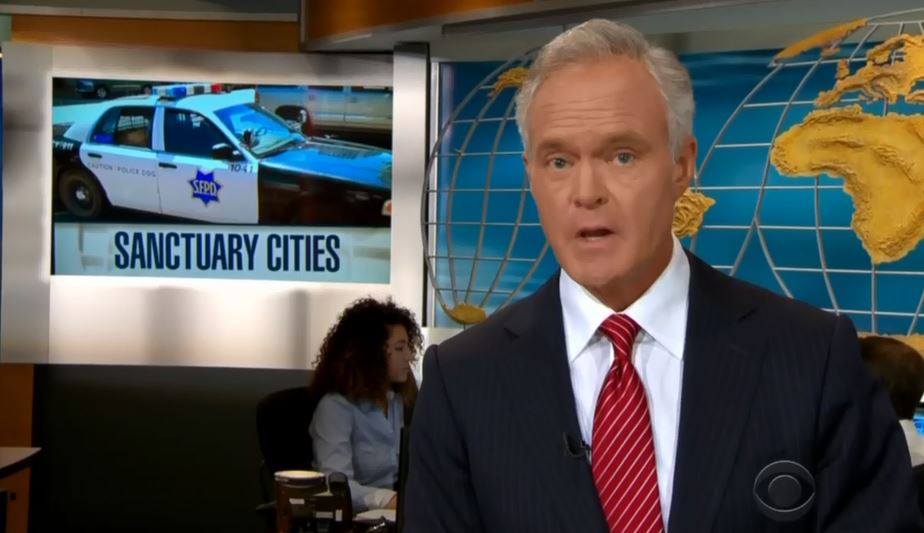
The black-out was briefly broken in July after a young woman was killed by an illegal immigrant who was set free by local San Francisco law enforcement instead of turned over to immigration officials for deportation. The crime triggered a national discussion, one enthusiastically joined by GOP presidential frontrunner Donald Trump. Yet even with Trump railing against the “stupid politicians” who enact such policies, the broadcast networks tired of the issue after a mere eight minutes of coverage. 
Over the next few months, a total of eight videos were released by the Center for Medical Progress, but the three evening newscasts devoted just 25 minutes to their release and the ensuing political debate. This was about the same amount of airtime that ABC, CBS and NBC spent covering Bruce Jenner’s transition to Caitlyn Jenner, and nowhere near as much time as they gave to the top cultural item on the media agenda last year, the legal and cultural debate over gay marriage (2 hours, 11 minutes).
— Mike Ciandella is Research Analyst at the Media Research Center. Follow Mike Ciandella on Twitter.

